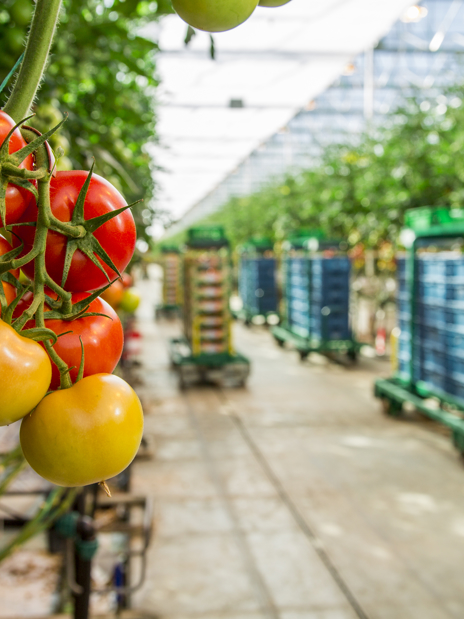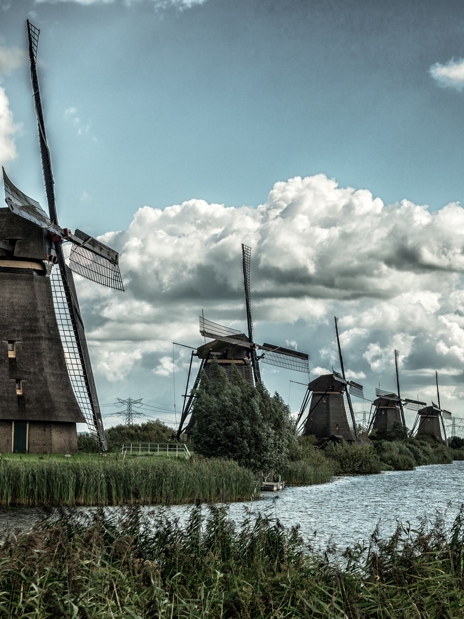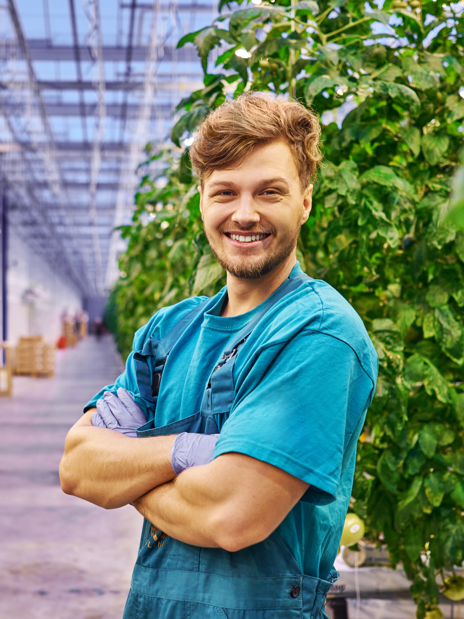Greenhouse technology gives us the tools to cultivate desired crops regardless of the outside factors. To provide the plants with the conditions they need to thrive in, we create an internal climate. This enables us to grow what we want, where we want. The application of technology in greenhouses involves investment costs and operating costs. Every investment made, must therefore be returned by the sales of the produce because, in most cases, the greenhouse has to be a profitable endeavor. Considering market prices is therefore as important as the climatic location in which the greenhouse will be built.
Where to grow?

Where to grow?
Climate management
By introducing smart technology, greenhouse climates can be managed regardless of the local climate conditions. Applying heating systems allows us to grow tropical crops in cold regions. Introducing cooling systems, dehumidification systems or applying additional humidity in the greenhouse can lead to a better growing climate. Adding carbon dioxide can improve the photosynthesis of the plants even further, increasing the quality and quantity of production.
Level of investment
Regardless of the region the greenhouse is located in, the climatic conditions can be overcome. However, technology to overcome these climate challenges do involve investments. The level of technology introduced in the greenhouse is determined by much more factors than just the climate. The initial investment in the greenhouse should to be strongly considered, but operational costs should also be considered. Reducing labor through automation and investing to save energy consumption can therefore create a competitive advantage to the greenhouse operation.
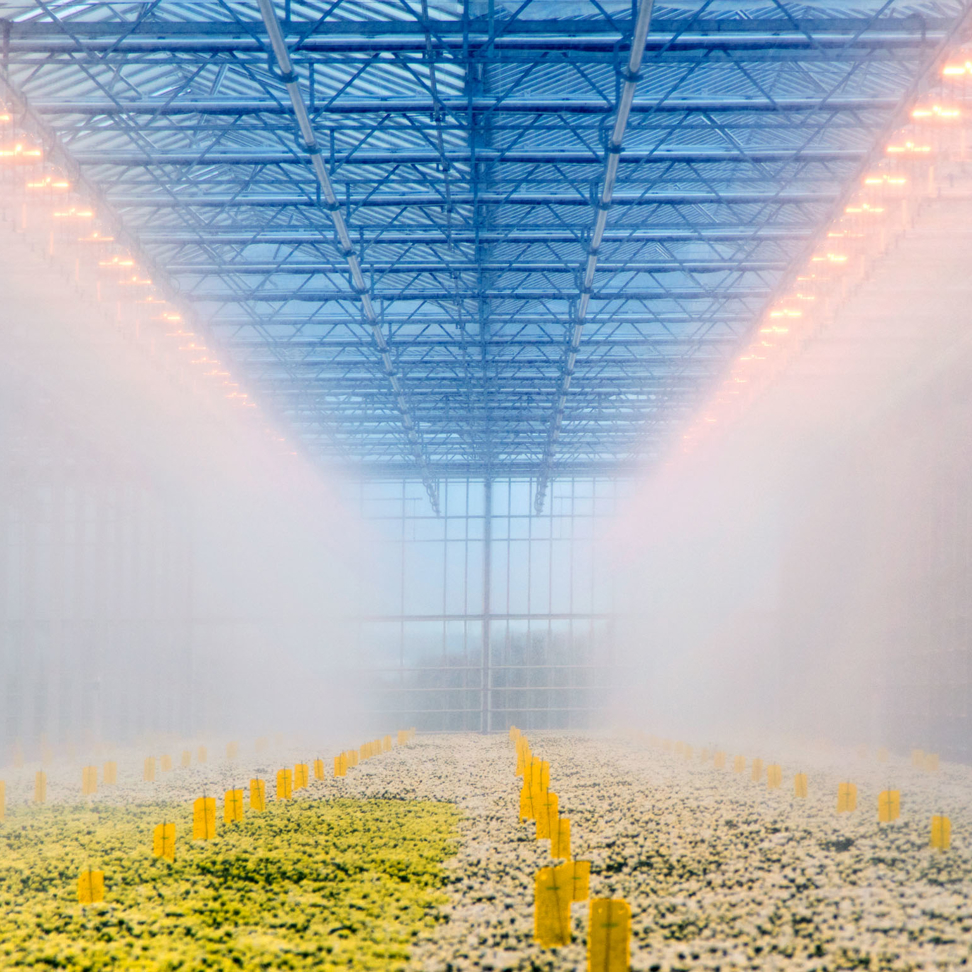
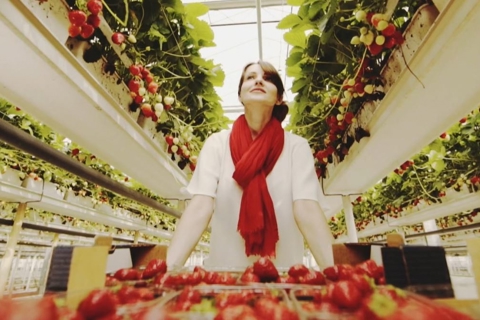
Premium produce grown in your area?
Premium produce grown in your area?
The Future of Food Farming
Near-Urban Farming
In our vision for the Future of Food Farming, we believe that large cities can be supplied with local produce from greenhouses in nearby villages, well within the range of electrical vehicles. The Westland region in the Netherlands, where we are located, is a great example of principle. All required supplies, infrastructure and knowledge are available in this region, allowing growers to produce at low costs. With cities as Amsterdam, The Hague, Rotterdam and even Antwerp in Belgium within one hour drive away, it makes it a near-urban production area.
Urban (indoor) Farming
Closer towards cities or even in cities, the costs of land increase significantly. With a high property cost, creating a business case becomes difficult. As DutchGreenhouses, we believe that, in some cases, urban farming can be a great alternative for greenhouse production (near-urban). With our smart vertical farming solutions we can produce certain crops highly efficient, on a small surface area. Especially in cases where energy is relatively inexpensive, if the right crops are selected, indoor growing facilities in large cities can certainly be part of the Future of Food Farming.
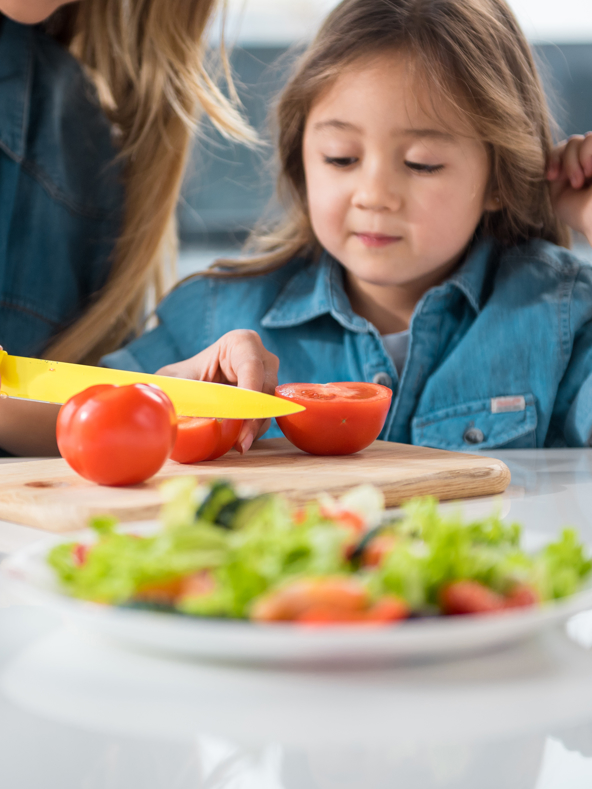
Other pages you might find interesting!
